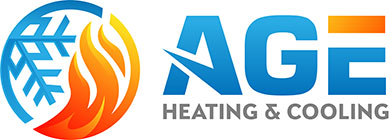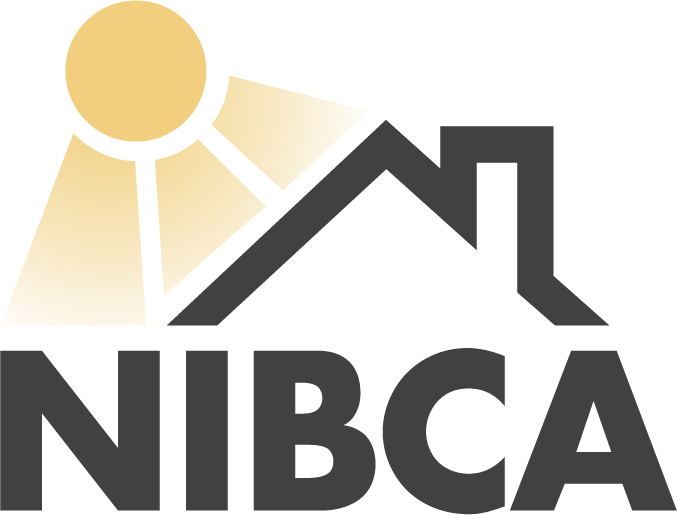
Where you aware that more than 50 percent of your home’s energy costs are needed for your heating and cooling? This is why it’s so important to maintain an energy-efficient HVAC system.
Furnace efficiency standards were last revised to an Annual Fuel Utilization Efficiency (AFUE) rating of 80% in 2015. This rating system illustrates how effective your furnace is at converting natural gas into heat. An AFUE rating of 80% means your furnace wastes about 20% of the fuel it uses while creating heat.
In 2022, the U.S. government recommended new energy-efficiency standards for residential gas furnaces that would substantially lower emissions, save money and stimulate sustainability.
This proposal is projected to:
- Save Americans $1.9 billion annually.
- Reduce carbon emissions by 373 million metric tons and methane emissions by 5.1 million tons over the next 25 - 30 years, the equivalent of what 61 million homes emit each year.
Starting in 2029, the updated rule would require all new gas furnaces to feature AFUE ratings of 95%. This means furnaces would turn nearly 100% of the gas into usable heat.
So what does all of this mean for your existing furnace in 2023? For the time being, very little, as the proposed rule won't go into effect until 2029 at the earliest and does not affect furnaces that are already in use.
But if you are considering furnace replacement in soon, highly energy-efficient furnaces are now available. Learn how these furnaces can help you save on energy bills now.
Guide to Condensing Furnaces
How Condensing Furnaces Work
A condensing furnace is a kind of heating system that uses a secondary heat exchanger to capture wasted heat from the furnace's exhaust gases. This limits the quantity of energy wasted, improves energy efficiency and lowers greenhouse gas emissions. It also demands less natural gas to create the same amount of heat in comparison to other types of furnaces.
How Condensing Furnaces Differ from Non-Condensing Furnaces
The biggest difference between a condensing furnace and a non-condensing furnace is that the former uses a secondary heat exchanger to collect any wasted heat from its exhaust gases, while the latter does not.
How Long Condensing Furnaces Last
The life span of a condensing furnace will depend on the brand, model and other factors. In most cases, a condensing furnace should last between 10-20 years with appropriate maintenance and regular service. If your heating system doesn’t have regular furnace maintenance, the unit may not last as long.
Why Condensing Furnaces Are More Expensive
Typically, condensing furnaces enhanced precision is much more efficient than traditional furnaces, as it only consumes the minimum amount of energy needed to heat your home, saving you money in the long run.
Many variable-speed furnaces are condensing furnaces, although a few are available in non-condensing models with lower AFUE ratings. In order for a furnace to be classified as a condensing furnace, it must offer an AFUE rating of 90% or higher.
Do Variable-Speed Furnaces Run Nonstop?
A variable-speed furnace doesn’t run all the time. Instead, it runs at different speeds depending on the temperature in your Sandpoint home as well as the amount of energy it requires to maintain that temperature.
When sufficient energy is necessary to maintain your preferred temperature level, the furnace will increase to a higher speed to handle the demand. This allows for more efficient heating in your home while also offering quieter operation.
Guide to Two-Stage Furnaces
Two-Stage Furnaces: What They Are and How They Work
As the name suggests, a furnace with two levels of operating (high or low) is called a two-stage furnace. During the low stage, the furnace operates at a reduced capacity in order to maintain the desired temperature in your home more efficiently. During the high stage, the furnace will instead run at maximum capacity to meet demands for greater heat. With a two-stage furnace, you can maintain improved energy efficiency and consistent temperatures everywhere in your home.
While two-stage furnaces are highly efficient, not all all types are condensing furnaces.
Does a Two-Stage Furnace Function All the Time?
A two-stage furnace does not stay on indefinitely. In the low stage of operation, the furnace operates at limited capacity in order to maintain a preferred temperature more efficiently within your home. When additional energy is needed to sustain the set temperature, the unit switches to its high stage and operates at full capacity. As such, two-stage furnaces are able to help reduce energy costs without operating around the clock.
Contrasting Two-Stage and Variable-Speed Furnaces
Two-stage furnaces have two stages of operation, low and high. During the low stage, the furnace performs at reduced capacity in order to maintain a desired level of comfort within your home. When additional warmth or cooling is desired, the furnace will switch to its high stage and operate at full capacity.
Variable-speed furnaces, meanwhile, can work at multiple speeds in order to uphold a desired temperature more consistently at home. Such precise functionality can also help reduce energy costs, as it is not constantly running on full power like many two-stage furnaces do.
Differences Between One- and Two-Stage Furnaces
One-stage furnaces have a single stage of operation and operate either at full power or not at all. Consequently, the furnace runs constantly in order to maintain a desired temperature within your home.
Two-stage furnaces, on the other hand, have two stages of operation, low and high. During the low stage, the furnace runs at reduced capacity in order to maintain the desired temperature more efficiently. When more warmth or cooling is desired, the furnace will change over to its high stage and operate at full capacity.
Make Your Furnace Installation Appointment with Age Heating & Cooling Today
Modern furnace technology can be confusing. That’s why Age Heating & Cooling experts are here to help with a no-obligation, no-pressure estimate for furnace installation. We’ll assess your home, your heating needs and your budget before helping you find the ideal solution. Call us at 208-603-2210 to get started today!







